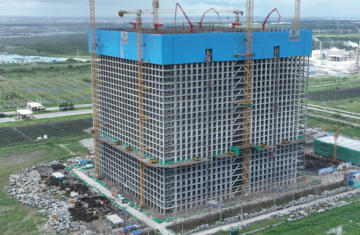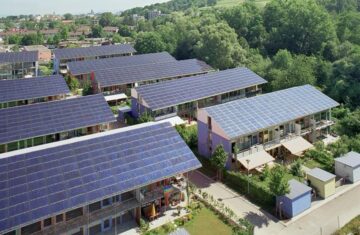Powering a Sustainable Tomorrow
The Global Shift Towards Renewable Energy
As the world grapples with the pressing issue of climate change, the demand for clean, renewable energy sources has never been higher. Governments, businesses, and individuals alike are recognizing the urgent need to transition away from fossil fuels and embrace a greener, more sustainable future.
According to the International Energy Agency (IEA), the global share of renewable energy in total electricity generation reached 29% in 2021, up from 27% in 2020. This steady increase is a testament to the growing popularity and viability of renewable energy solutions.
The Rise of Solar and Wind Power
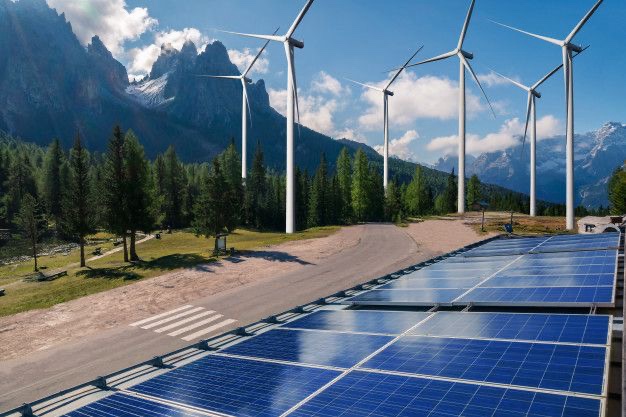
Among the renewable energy sources, solar and wind power have emerged as the frontrunners, showcasing remarkable growth and potential. The installed capacity of solar photovoltaic (PV) systems worldwide reached 843 gigawatts (GW) in 2021, a 19% increase from the previous year. Meanwhile, global wind power capacity surpassed 837 GW in 2021, a 13% year-on-year increase.
These impressive figures are driven by a range of factors, including declining technology costs, favorable government policies, and increased public awareness and demand for clean energy. As these trends continue, solar and wind power are poised to play an even more significant role in the global energy mix.
The Promising Future of Green Energy
As the world looks to the future, the potential of green energy to transform the energy landscape is truly exciting. From advancements in renewable technologies to innovative energy storage solutions, the path towards a sustainable energy future is becoming increasingly clear.
Technological Advancements
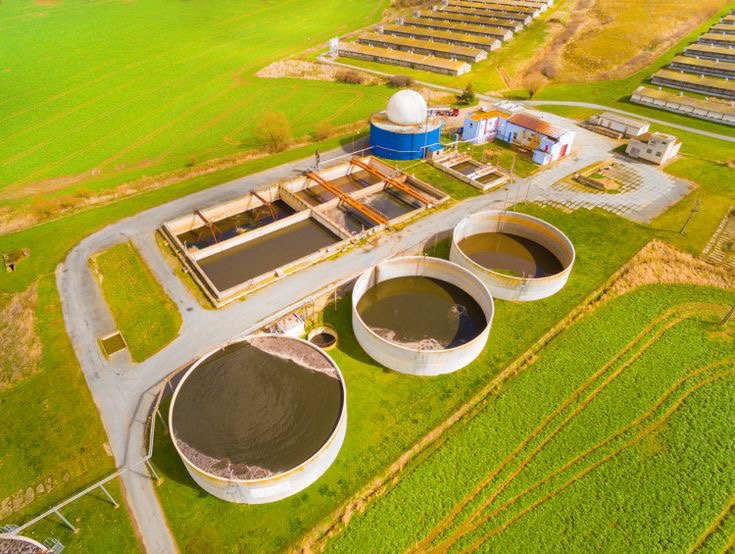
One of the key drivers of the green energy revolution is the rapid advancement of renewable energy technologies. Solar panels are becoming more efficient, wind turbines are reaching new heights, and battery storage solutions are becoming more affordable and accessible.
According to the National Renewable Energy Laboratory (NREL), the average efficiency of commercial solar panels has increased from around 15% in the early 2000s to over 22% today. This improvement in efficiency, coupled with the declining cost of solar PV systems, has made solar power an increasingly attractive option for both residential and commercial applications.
Similarly, the wind power industry has seen significant technological advancements. The average capacity of new wind turbines installed in the United States in 2021 was 2.8 megawatts (MW), up from 2.4 MW in 2020. Taller towers, longer blades, and more efficient generators have all contributed to the increasing power output of wind turbines.
Energy Storage Solutions
One of the key challenges facing the widespread adoption of renewable energy is the intermittent nature of solar and wind power. To address this, advancements in energy storage technology have become increasingly important.
According to the U.S. Energy Information Administration (EIA), the total installed battery storage capacity in the United States reached 4.6 GW in 2021, a significant increase from 1.4 GW in 2017. These storage solutions, including lithium-ion batteries and emerging technologies like flow batteries, help to balance the grid and ensure a reliable supply of renewable energy.
Policy and Regulatory Frameworks
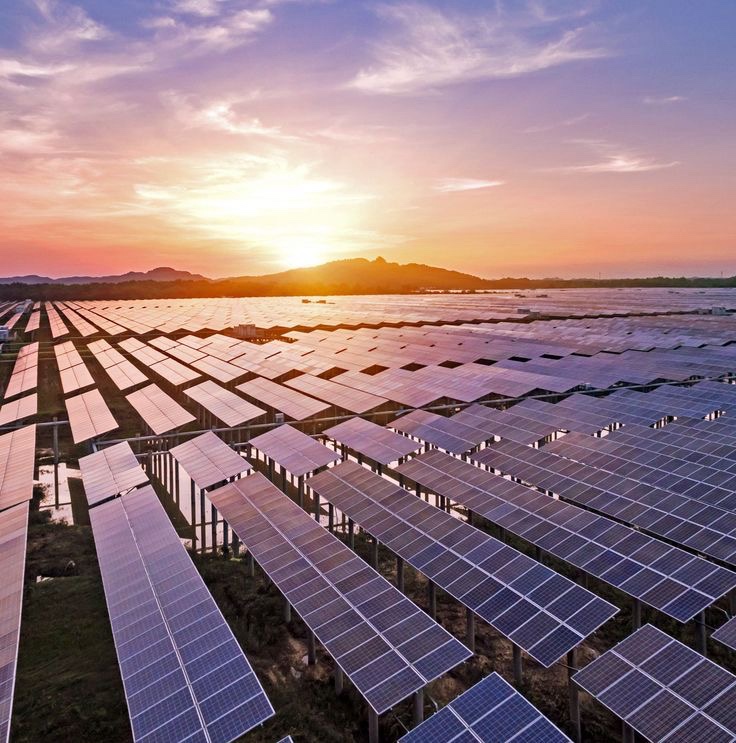
Alongside technological advancements, the future of green energy also depends on the development of supportive policy and regulatory frameworks. Governments around the world are implementing various incentives, such as tax credits, feed-in tariffs, and renewable energy mandates, to encourage the adoption of renewable energy.
For example, the European Union has set ambitious targets for renewable energy, aiming to reach at least 32% of its total energy consumption from renewable sources by 2030. Similarly, in the United States, the Biden administration has set a goal of achieving 100% carbon-free electricity by 2035.
These policy initiatives, combined with the falling costs of renewable technologies, are driving the transition to a greener energy future.
Challenges and Opportunities
While the future of green energy is undoubtedly bright, there are still challenges that need to be addressed to ensure a smooth and equitable transition.
Grid Modernization and Integration
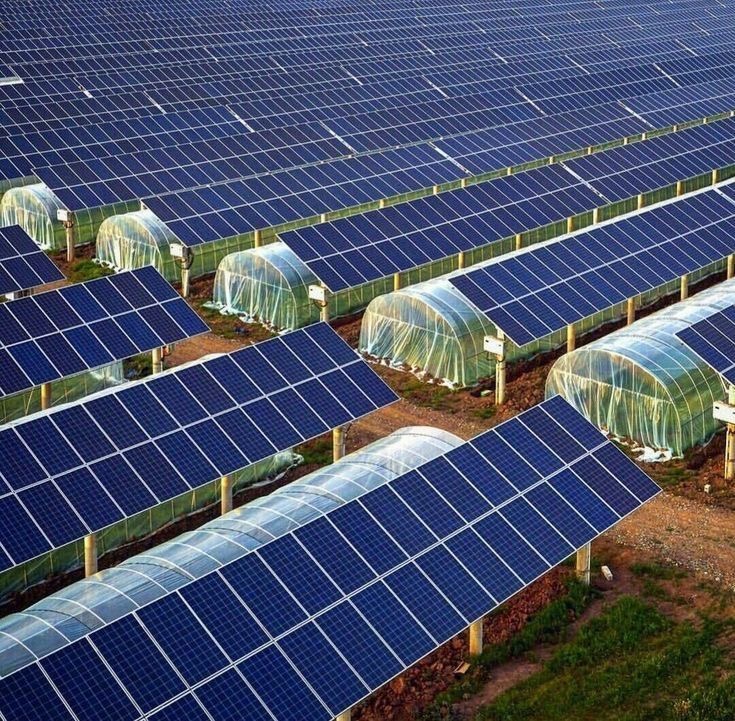
One of the key challenges is the need to modernize and integrate existing electricity grids to accommodate the growing share of renewable energy. This includes upgrading transmission and distribution infrastructure, as well as developing advanced grid management systems that can efficiently manage the intermittent nature of renewable energy sources.
According to the International Renewable Energy Agency (IRENA), global investment in grid infrastructure and flexibility mechanisms needs to increase from around $260 billion per year today to over $820 billion per year by 2030 to support the energy transition.
Accessibility and Equity
Another important consideration is ensuring that the benefits of the green energy transition are accessible to all, regardless of socioeconomic status. Policies and initiatives that promote the adoption of renewable energy in underserved communities and address energy poverty are crucial.
The International Energy Agency (IEA) estimates that around 789 million people worldwide still lack access to electricity, with the majority living in sub-Saharan Africa. Addressing these disparities and ensuring universal access to clean, affordable energy is a crucial aspect of the green energy future.
Workforce Development and Training
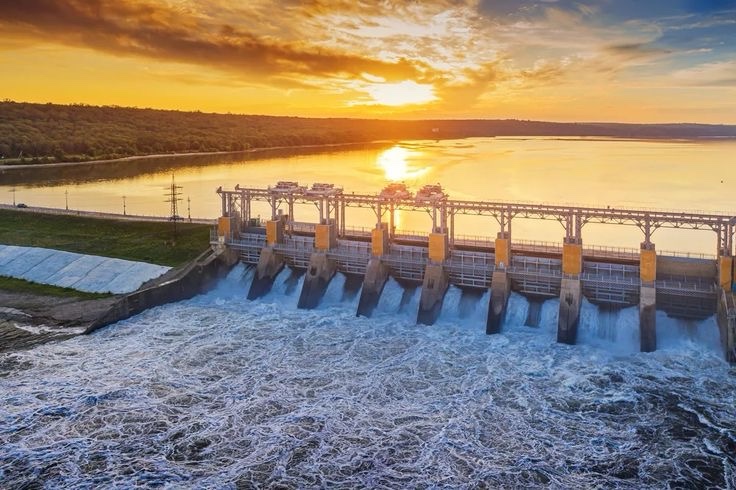
As the renewable energy industry continues to grow, there is a pressing need to develop a skilled workforce capable of meeting the demand. This involves investment in education, training, and reskilling programs to equip workers with the necessary skills to thrive in the green energy sector.
According to the International Labour Organization (ILO), the renewable energy sector could employ over 42 million people globally by 2050, up from around 12 million in 2020. Ensuring that the workforce is prepared to meet this demand is essential for a successful energy transition.
Conclusion
The future of green energy is undoubtedly bright, with renewable sources like solar and wind power poised to play a increasingly central role in the global energy landscape. Technological advancements, supportive policy frameworks, and growing public demand for clean energy are all driving this transformation.
However, the path to a sustainable energy future is not without its challenges. Grid modernization, accessibility and equity, and workforce development will all be crucial factors in ensuring a smooth and inclusive transition. By addressing these challenges and capitalizing on the opportunities presented by green energy, we can work towards a cleaner, more resilient, and more equitable energy future for all.


